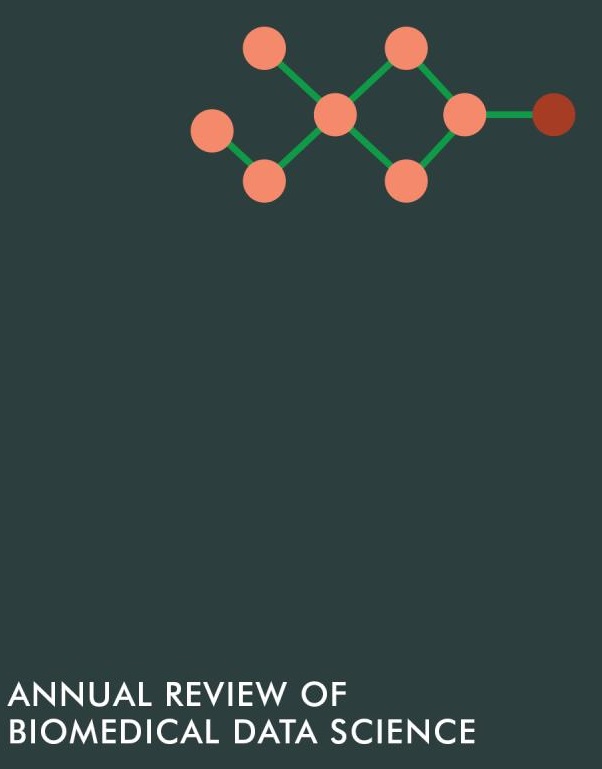Static and Motion Facial Analysis for Craniofacial Assessment and Diagnosing Diseases.
IF 7
Q1 MATHEMATICAL & COMPUTATIONAL BIOLOGY
Annual Review of Biomedical Data Science
Pub Date : 2022-04-19
DOI:10.1146/annurev-biodatasci-122120-111413
引用次数: 3
Abstract
Deviation from a normal facial shape and symmetry can arise from numerous sources, including physical injury and congenital birth defects. Such abnormalities can have important aesthetic and functional consequences. Furthermore, in clinical genetics distinctive facial appearances are often associated with clinical or genetic diagnoses; the recognition of a characteristic facial appearance can substantially narrow the search space of potential diagnoses for the clinician. Unusual patterns of facial movement and expression can indicate disturbances to normal mechanical functioning or emotional affect. Computational analyses of static and moving 2D and 3D images can serve clinicians and researchers by detecting and describing facial structural, mechanical, and affective abnormalities objectively. In this review we survey traditional and emerging methods of facial analysis, including statistical shape modeling, syndrome classification, modeling clinical face phenotype spaces, and analysis of facial motion and affect. Expected final online publication date for the Annual Review of Biomedical Data Science, Volume 5 is August 2022. Please see http://www.annualreviews.org/page/journal/pubdates for revised estimates.静态和运动面部分析用于颅面评估和疾病诊断。
与正常面部形状和对称性的偏差可能来自多种原因,包括身体损伤和先天性出生缺陷。这种异常可能会产生重要的美学和功能后果。此外,在临床遗传学中,独特的面部外观通常与临床或遗传诊断有关;特征面部外观的识别可以显著地缩小临床医生潜在诊断的搜索空间。面部运动和表情的异常模式可能表明正常的机械功能或情绪受到干扰。静态和运动2D和3D图像的计算分析可以通过客观地检测和描述面部结构、机械和情感异常来为临床医生和研究人员提供服务。在这篇综述中,我们综述了传统和新兴的面部分析方法,包括统计形状建模、综合征分类、临床面部表型空间建模以及面部运动和情感分析。《生物医学数据科学年度评论》第5卷预计最终在线出版日期为2022年8月。请参阅http://www.annualreviews.org/page/journal/pubdates用于修订估算。
本文章由计算机程序翻译,如有差异,请以英文原文为准。
求助全文
约1分钟内获得全文
求助全文
来源期刊
CiteScore
11.10
自引率
1.70%
发文量
0
期刊介绍:
The Annual Review of Biomedical Data Science provides comprehensive expert reviews in biomedical data science, focusing on advanced methods to store, retrieve, analyze, and organize biomedical data and knowledge. The scope of the journal encompasses informatics, computational, artificial intelligence (AI), and statistical approaches to biomedical data, including the sub-fields of bioinformatics, computational biology, biomedical informatics, clinical and clinical research informatics, biostatistics, and imaging informatics. The mission of the journal is to identify both emerging and established areas of biomedical data science, and the leaders in these fields.

 求助内容:
求助内容: 应助结果提醒方式:
应助结果提醒方式:


